Hello y'all,
I've been shooting for about 2 months now, still learning the basics of photography/DSLR, but I wanted some clarifications on aperture and shutter speed. I've been using Aperture-priority and Manual majority of them time and hardly ever use Shutter-priority or Program mode, is that a "bad" thing? I feel that A and M are the only really important ones.
Anyways, what aperture would you suggest is a good "overall"? I know its really depends on your camera/environment/lighting/etc. but I was told that f8 - f11 is what you should use when shooting outside during the day. I tend to only use a small aperture (f1.8 - f5.6) when I'm going for the blurry background-clear foreground/subject look or in poor lighted areas. Also for landscape photography is it a good idea to use a large aperture for a shallow depth of field (maybe f15 - f20ish) or just stick with f8 - f11?
As for shutter speed I tend to use this to balance my exposure-compensation metering rather than changing my aperture. I tend to use the fastest shutter speed that I'm allowed for the pointer on the exposure-compensation meter to remain at 0, is that correct? Because I feel that a faster shutter speed will decrease the potential of motion blur. I only use a slow shutter speed (about 1/5" or longer) when I have a tripod and long exposure photography (usually landscape/skyline).
Overall, I just wanted to see if my way of determining aperture/shutter speed is correct. I know it really depends on the lighting of what I'm trying to shoot and it differs every time, but any advice/help would be much appreciated!
Thanks
0ptics
I've been shooting for about 2 months now, still learning the basics of photography/DSLR, but I wanted some clarifications on aperture and shutter speed. I've been using Aperture-priority and Manual majority of them time and hardly ever use Shutter-priority or Program mode, is that a "bad" thing? I feel that A and M are the only really important ones.
Anyways, what aperture would you suggest is a good "overall"? I know its really depends on your camera/environment/lighting/etc. but I was told that f8 - f11 is what you should use when shooting outside during the day. I tend to only use a small aperture (f1.8 - f5.6) when I'm going for the blurry background-clear foreground/subject look or in poor lighted areas. Also for landscape photography is it a good idea to use a large aperture for a shallow depth of field (maybe f15 - f20ish) or just stick with f8 - f11?
As for shutter speed I tend to use this to balance my exposure-compensation metering rather than changing my aperture. I tend to use the fastest shutter speed that I'm allowed for the pointer on the exposure-compensation meter to remain at 0, is that correct? Because I feel that a faster shutter speed will decrease the potential of motion blur. I only use a slow shutter speed (about 1/5" or longer) when I have a tripod and long exposure photography (usually landscape/skyline).
Overall, I just wanted to see if my way of determining aperture/shutter speed is correct. I know it really depends on the lighting of what I'm trying to shoot and it differs every time, but any advice/help would be much appreciated!
Thanks
0ptics
Last edited:



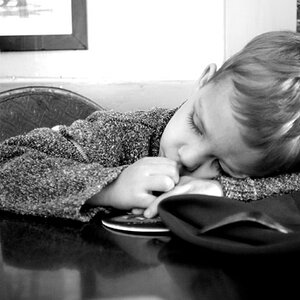

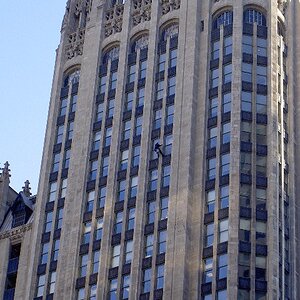

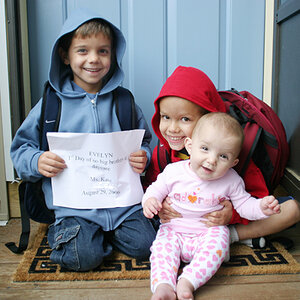


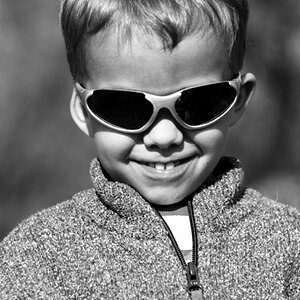
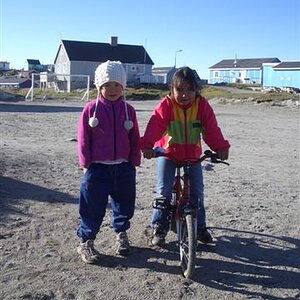
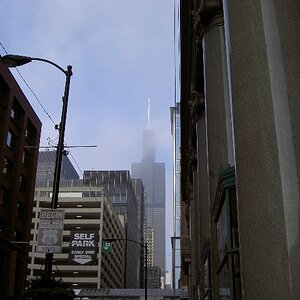
![[No title]](/data/xfmg/thumbnail/37/37126-93feffeca0e9e6ad893962c03a7a341e.jpg?1619737884)
![[No title]](/data/xfmg/thumbnail/37/37124-e3a7364a555409b3504415a982f9dfe0.jpg?1619737883)